When folk culture gets commercialised, the visual language of nature gets lost
What we see in the problematic use of folk culture in Modern Indian art is the way the celebration of nature has been privatised and turned into a consumer item that becomes a part of the art industry.
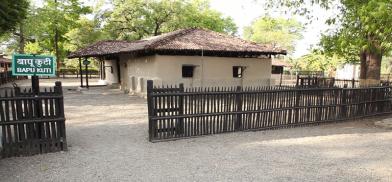
We are told these days that India is on a glorious march in the new global order. In today’s political climate, we rarely recall Gandhi’s “Talisman” of 1948 which invited us to imagine the poorest and least privileged of India’s population, asking “if the step you contemplate is going to be any use to him or her…”. We need the Talisman more than ever. India needs a new reservoir of creative imagination to judge what impact a cultural intervention might have on the creative development of those living close to the earth. We cannot allow ourselves to forget that the ecological crisis causing climate change will affect the poor more than those who are shaping the consumer society of our modern world.
As an artist, I have been particularly interested in what could be called the “culture and art of the poor”. I do believe that what has been distinctive about what we call “folk art” is its freedom from materialism. Folk aesthetics is not concerned with material wealth.
That is particularly important to remember at a time when we are celebrating independence. Independence from what? Colonialism impoverished culture by not recognizing its wealth. But industrialism is another type of impoverishment, where the rich think that they control culture, by appropriating the culture of the poor. There is a value in ‘not possessing’ (aparigraha), that lies at the heart of what is distinctive in the culture of those living close to the earth. That non-possessiveness is the essence of the kind of minimalism and simplicity that characterises a culture that is not about possessing things.
In 1978, a meeting on appropriate or “Intermediate Technology” was organized at Sevagram in Wardha. Ivan Illich inaugurated this Gandhian symposium by reflecting on what he called “The Message of Bapu’s Hut”. I once gave my design students Ivan Illich’s thoughts on the “Message of Bapu’s Hut”
I asked my students whether they felt such a humble dwelling place might be considered appropriate in the Indian context. I was aware that many of my students represented a modern culture that rejects as ‘undeveloped’ such a hut. An effort to give new currency to a “vernacular architecture” is deemed outdated, and romantic; irrelevant for a modern India striving for global priorities after political Independence.
Modernity in relation to cultural traditions
The pandemic of modernity had already hit us long before the Covid pandemic accelerated the widening gap between the rich and poor. The purpose of the Ambani Cultural Centre in Mumbai aiming “to preserve and promote Indian arts”, corresponds to that of the Museum of Art and Photography (MAP) recently opened in Bengaluru. Such initiatives are financially supported by the corporate industry. A current exhibition at MAP, showcases the work of Jyoti Bhatt (born 1934). I find of particular interest the photographs he made, showing the traditional decorations in Gujarat villages, made on the ground and mud-plastered walls of their simple dwellings, celebrating a rural culture in harmony with Mother Earth. Jyoti Bhatt documented the everyday life of communities close to the rhythms of nature, using basic raw materials sourced locally. An agricultural society has evolved a visual language that is close to the natural landscape. Such a culture has been disrupted by a consumer industry.
The aesthetic of India’s folk arts provided many modern Indian artists with a vocabulary rooted in a tradition that can also address contemporary questions. The purpose of this art is not to “illustrate” a pre-industrial way of life, but rather to embody the daily experience of those whose life depends on the elemental seasons. When Ananda Coomaraswamy spoke of a “Swadeshi” approach to aesthetics, this inspired Abanindranath Tagore, and other students of the ‘Bengal School of Art’ like Jamini Roy, to appreciate the folk imagination based on stories and symbols close to the natural environment. This “swadeshi” art assumed a place in the Nationalist movement, by getting away from a Western “art for art’s sake” that represents what modern culture tries to develop. A vernacular idiom expresses what ecologists now believe is the only remedy for our present cultural impasse when nature is being destroyed by consumerism.
Culture and technology controlling nature
Those who wield power in a liberal democracy marshal vested interests to harness capitalist industry for political ends. Traditional culture is made instrumental while generating a consumer ideology. Art forms are used to legitimise and privatize a common inheritance, whether biological or cultural. Creativity is controlled by global conformity that undercuts diversity.
The art critic Sandip Luis describes how Modern Indian art uses folk art traditions as lying “Between Anthropology and History”. Luis discusses what happened when the modern artist Jagdish Swaminathan went to Bhopal to head the newly created Bharat Bhavan in 1982. At that time the Indian government tried to develop the artistic potential of village and tribal communities within the context of rural industries. Subsequently, this interest was handed over to the private sector. Swaminathan served as the director of the Roopankar Art Museum linked to Bharat Bhavan, and was credited with “discovering” the young Gond artist Jangarh Singh Shyam who was working in his remote tribal village of Patangarh. The work of this extremely creative young artist can be seen in various galleries around the world, including the Museum of Art and Photography in Bengaluru.
However, there is a fundamental disconnect between what is a creative expression arising from a whole community, and the individualistic art for art’s sake commercialized by the art market. What we see in the problematic use of folk culture in Modern Indian art is the way the celebration of nature has been privatised and turned into a consumer item that becomes a part of the art industry. In the folk tradition, art practices were a way of bringing together culture and nature, the community and the whole living cosmos.
Finally, the tragedy of Jangarh Singh Shyam taking his own life (aged 38–39, in Tokamachi, Japan) was the culmination of a series of deaths, beginning when he left his native Gond village, to serve a commercial art world where the ‘magic of the forest’ was forgotten.
(The author is a freelance artist, writer and art teacher noted for the “Art Ashram” he launched in a village on the outskirts of Bengaluru in the 1980s. Views are personal. By special arrangement with The Billion Press)





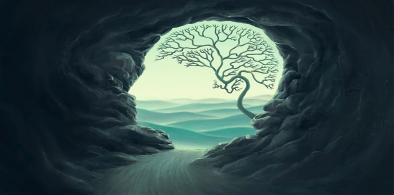




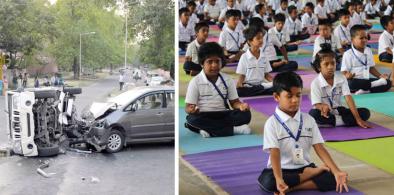

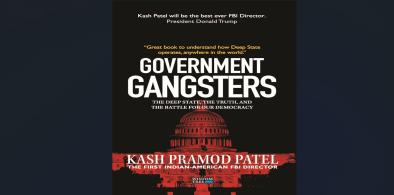
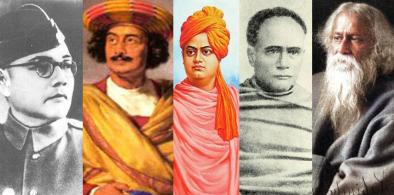



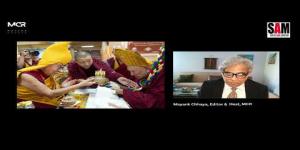


Post a Comment